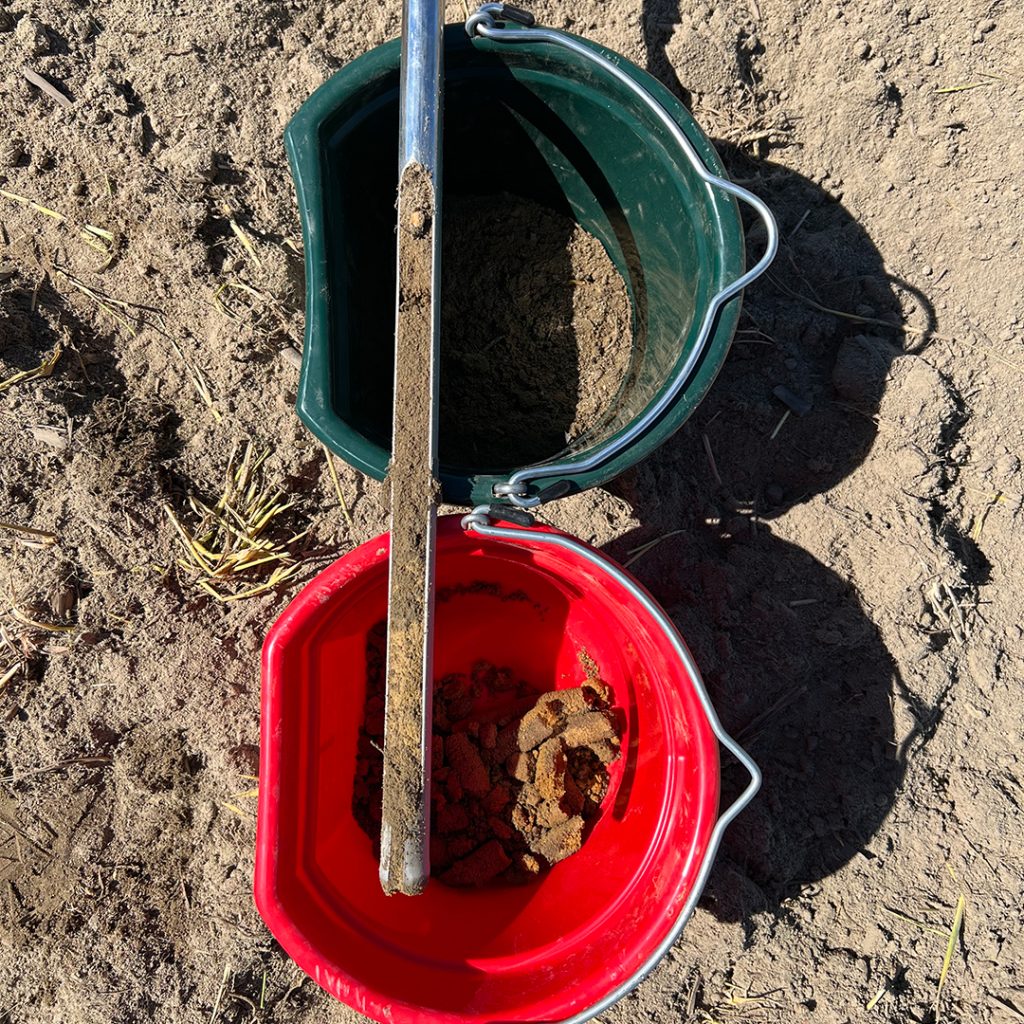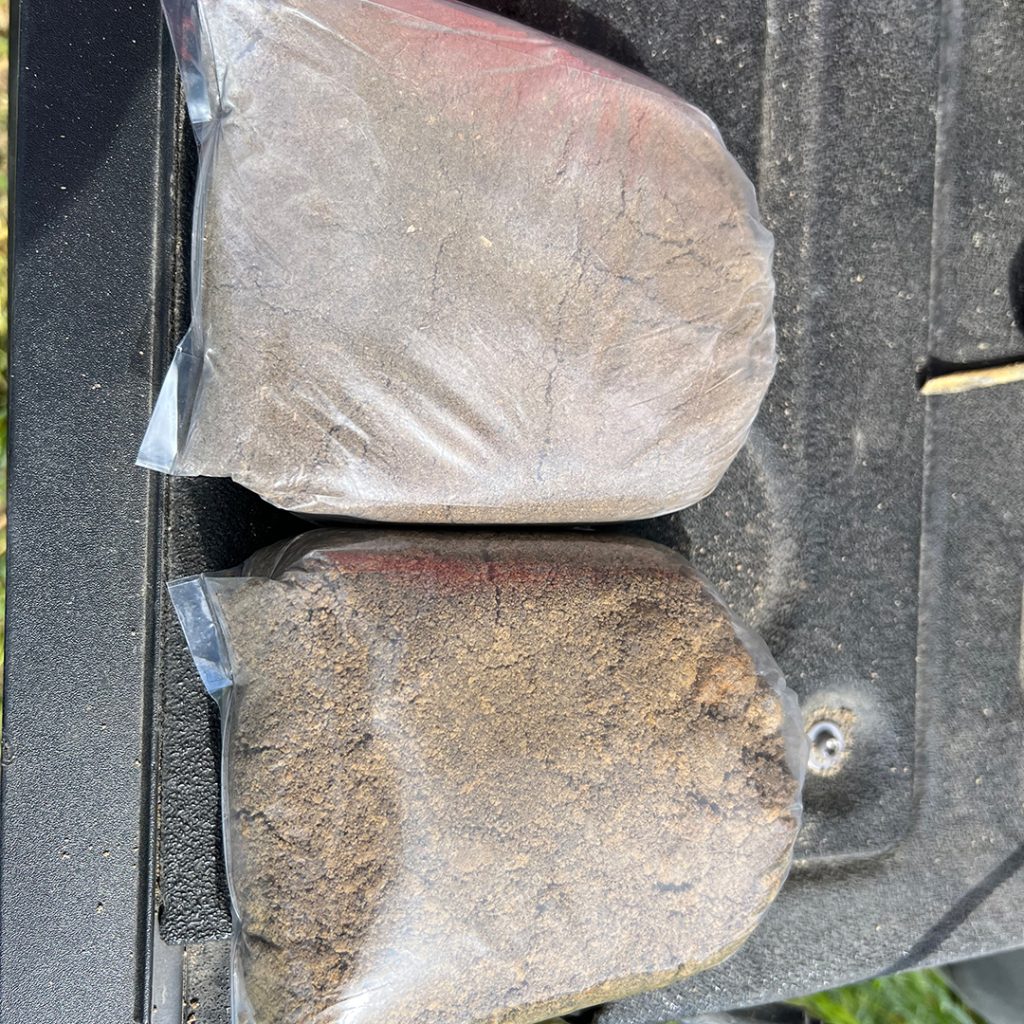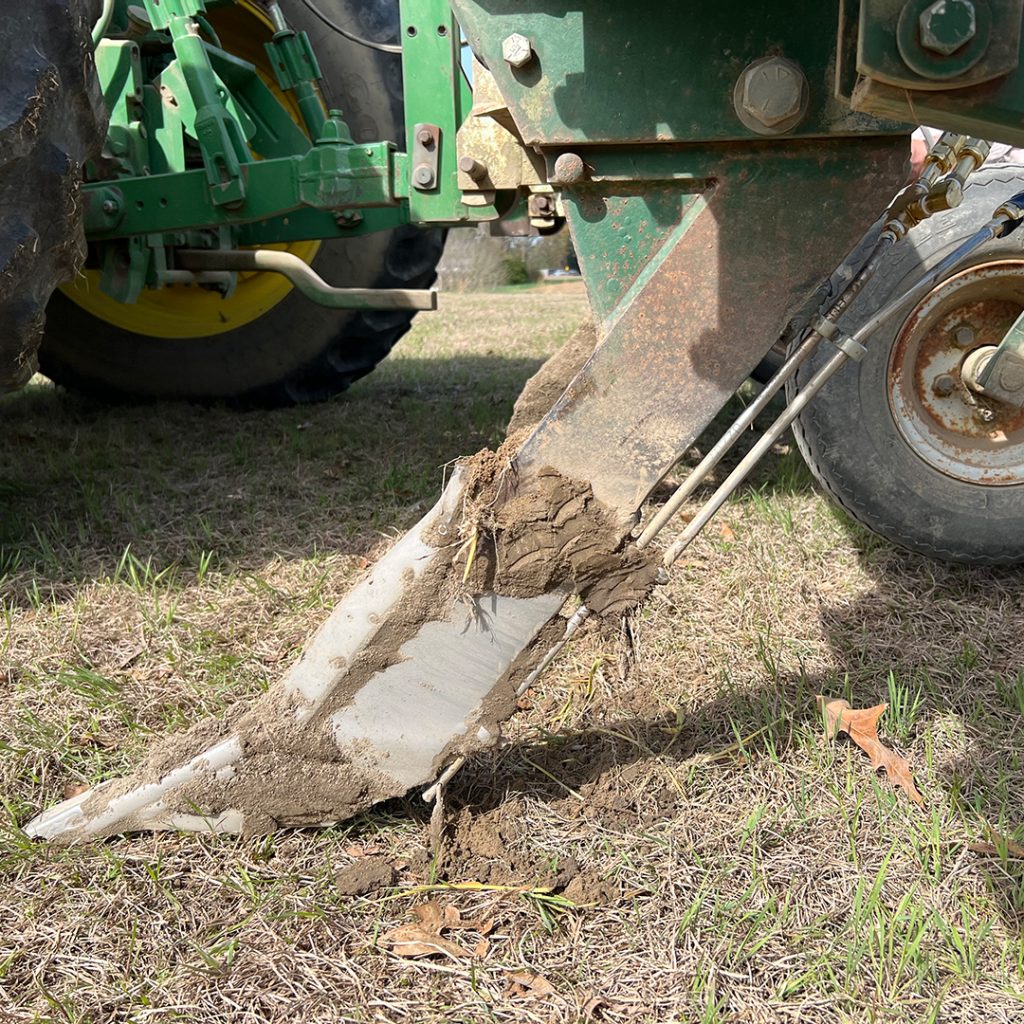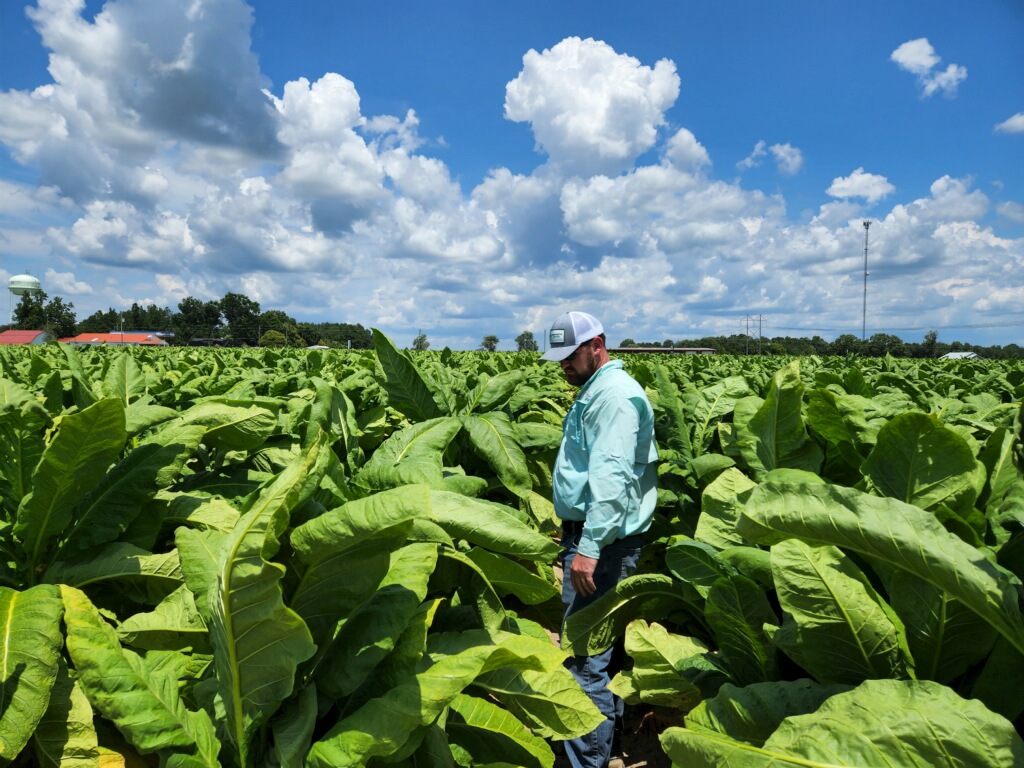In our last post we covered the Impacts of Fall & Spring Fumigation of Tobacco.
Based on the findings from those trials in 2021 and 2022 TriEst wanted to take a deeper look at finding unique application and timing solutions to better meet a grower’s nematode and disease pressures. The 2023 trial focused on sampling depths to map location of pests, dual depth applications to place the correct product in the right place, and a variation of treatments to proof out these concepts.
We prepared different application levels to best place TELONE™ and Chloropicrin where nematode problems were the previous season at depths of 12” to 18” due to cool soil temperatures in early spring driving nematodes down to more temperate soil levels. In the Fall, nematodes are up high in the soil profile due to warmer soil temperatures and available food sources from crop roots being grown through the summer. Fall is a challenging application time for tobacco growers due to harvest of tobacco along with rotational crops and timing of crop contracts for the next season. In most cases, growers haven’t finalized plans for planted tobacco acres for the following season until late Winter. This makes finding a Spring application solution critically important.
Soil samples were pulled monthly throughout the season at dual depths of 0” – 8” and 9” – 16” from both in the row and the row middles. This sampling protocol allowed us to map the movement of nematodes from deeper in the soil profile up into the root system, as well as from the row middles into the row. Shown below in the soil samples. The darker color soil (right) is from the deeper level of 9” – 16”. Note the soil type differences in the soil probe and final sample collection bags, this visually highlights the potential need for dual application, as nematodes in the Spring are concentrated in the deeper soil profile (9-16”) and soil borne pathogens in the shallower soil profile (0-8”).


We designed an application strategy that would place TELONE™ and Chloropicrin within the soil sample zones described above and compared the dual depth application to the grower standard single depth application on the bottom of the shank. All applications were made in-row treating 25% of an acre, with a 12” application zone on 48” row centers. See the picture below, the top outlet is 8” below the soil line and the bottom outlet is 14” below the soil line. At the time of application, there will be an additional 8-10” of soil stacked on top during the bedding process.

Unlike our trial in 2022, this trial didn’t show a late season nematode resurgence. Pre-fumigation root knot nematode levels warranted treatment, but all treatments cleaned up this issue. We expected additional nematode pressure to come from the row middles and to move up from below our application depths, which happened in 2022. Yields were not impacted by nematode pressure; however, they were heavily impacted by Grenville Wilt. The significant differences you see in yield in the chart below between the non-treated check and all other fumigant treatments are due to early season growth responses from Chloropicrin and suppression of Granville Wilt. All fumigant treatments performed well over the non-treated check, with little separation between the grower standard of PIC100 at 50 lbs/acre and the additional treatments including TELONE™. Again, this was a result of lower than anticipated root knot nematode levels from mid-season through harvest. The highest yielding treatment was the dual depth application of TELONE™ and Chloropicrin, likely due to getting Chloropicrin closer to the root system of the plant with a shallower application point than the grower standard treatment.

Guava Root Nematode pressures are rising in sweetpotatoes so we did a similar trial that compared in-row vs broadcast applications at different depths with high/low sampling. Unlike the tobacco trial of 2023 the pests showed up to dinner.
Be sure to subscribe to our blog so you don’t miss the details on the sweetpotato trial and other trials.
If you’d like more in-depth information on our trials and what TriEst can do for your farm be sure to reach out to us. Contact Us Here
You can also view a video from the 2023 Tobacco Field Trial on our YouTube Channel Here.
